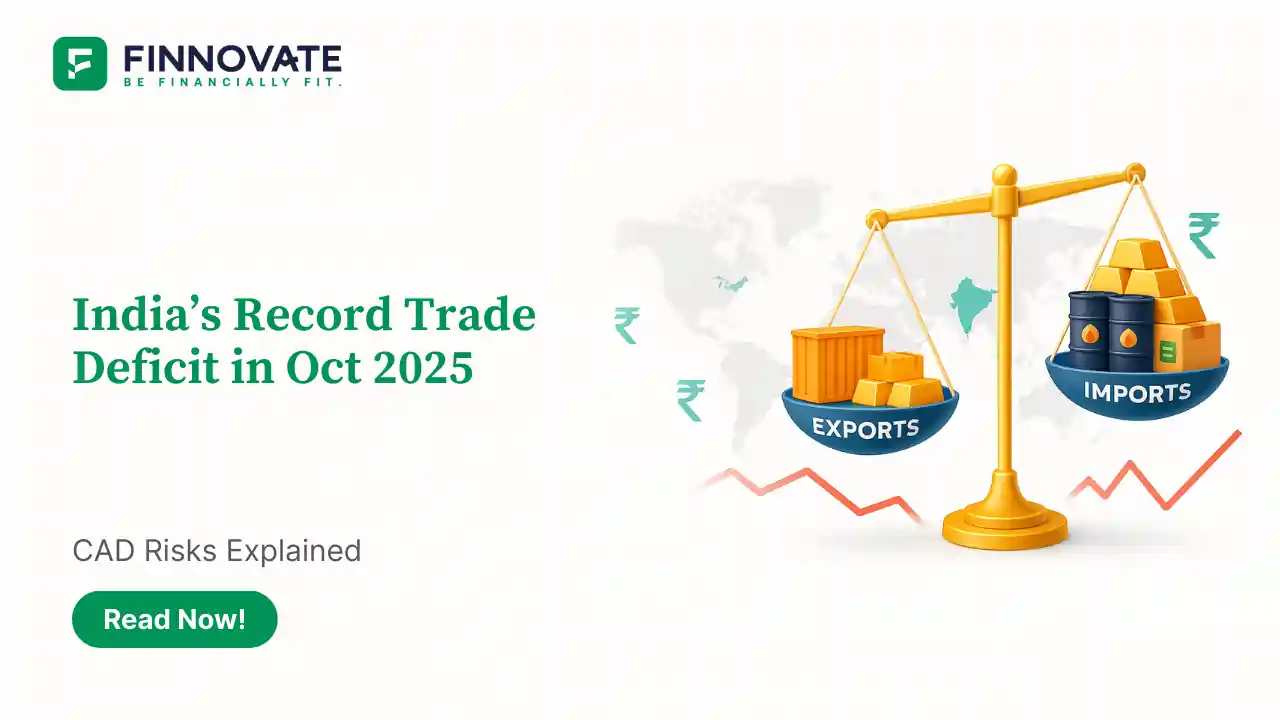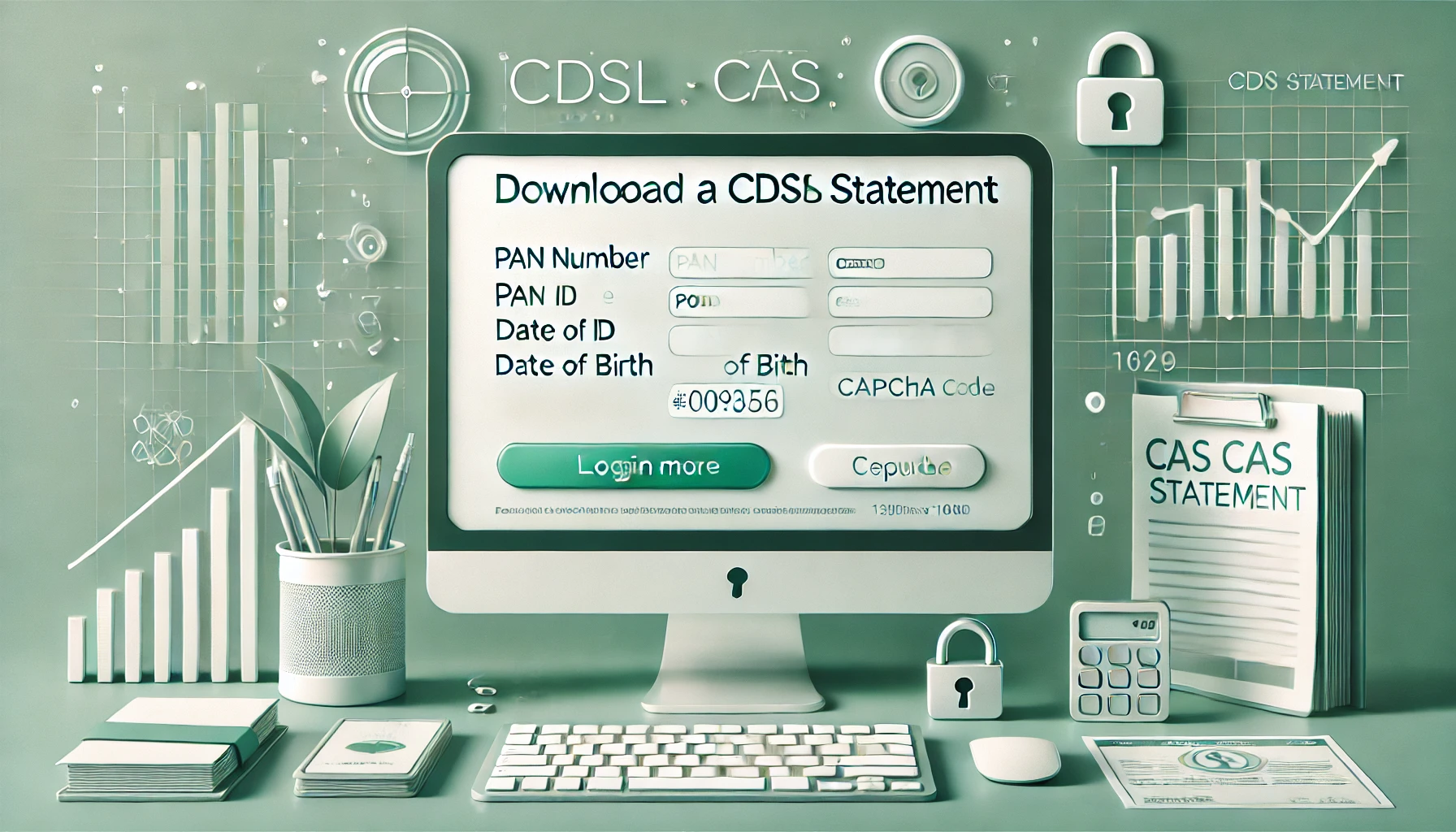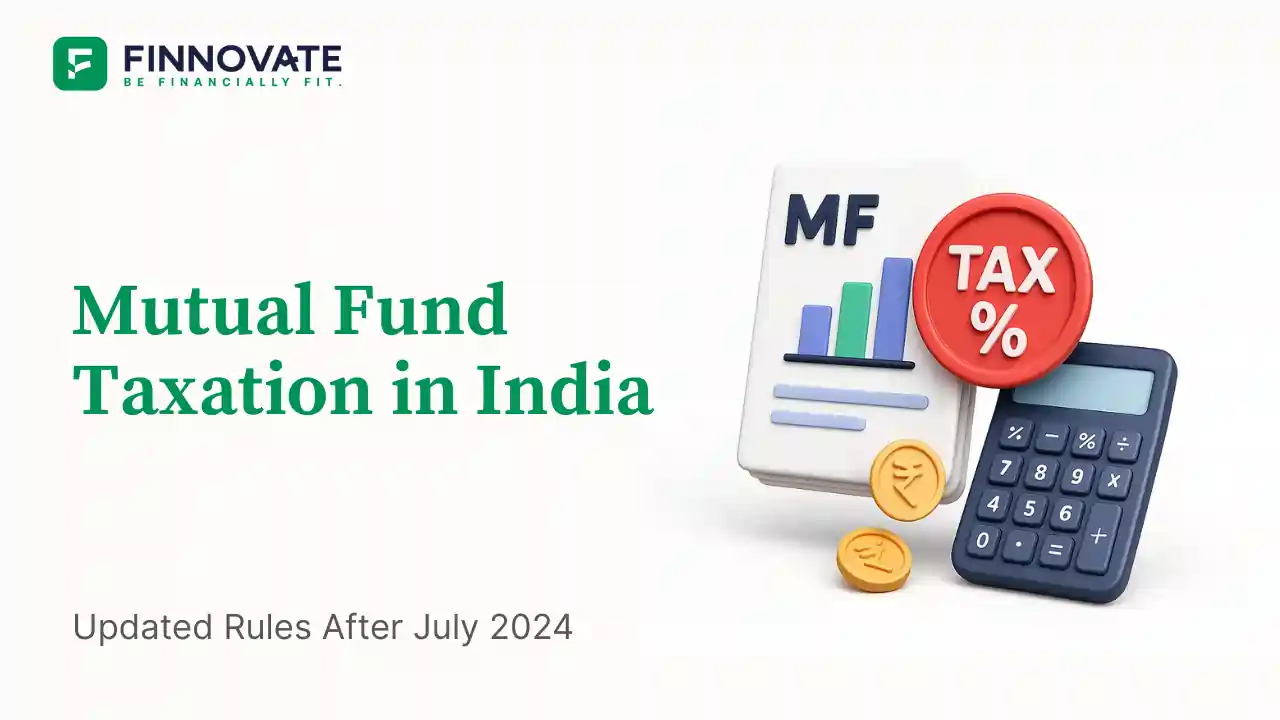India’s Record Trade Deficit in Oct 2025: CAD Risks Explained

By

India posted a massive trade deficit of $41.6 billion in October 2025. But the more worrying number is the cumulative deficit of $78.15 billion for April–October FY26 - this is after adjusting for the services surplus, which means it directly hits the current account deficit (CAD).
The pressure is coming from two sides at once: slowing exports and rising imports. And with the US tightening tariffs and outsourcing rules, the stress on India’s trade position is becoming more visible month after month.
To understand the real stress, looking only at October doesn’t help. The cumulative numbers tell a deeper story.
Goods exports have been hit hard by US penal tariffs, and India’s services sector - traditionally the buffer - is also seeing slower orders from US companies who are turning cautious due to possible 25% tax on outsourced IT services.
It’s a “double-whammy” for India: weaker merchandise exports and slowing services exports.
| Trade Header | FY26 (Apr–Oct) | FY26 (Apr–Sep) | FY25 (Apr–Oct) | YOY Change (%) |
|---|---|---|---|---|
| Merchandise Exports | 254.25 | 220.12 | 252.66 | 0.63% |
| Merchandise Imports | 451.08 | 375.11 | 424.06 | 6.37% |
| Total Merchandise Trade | 705.33 | 595.23 | 676.72 | 4.23% |
| Merchandise Trade Deficit | -196.83 | -154.99 | -171.40 | 14.84% |
| Services Exports | 237.55 | 193.18 | 216.45 | 9.75% |
| Services Imports | 118.87 | 97.68 | 114.96 | 3.40% |
| Total Services Trade | 356.42 | 290.86 | 331.41 | 7.55% |
| Services Trade Surplus | 118.68 | 95.50 | 101.49 | 16.94% |
| Combined Exports | 491.80 | 413.30 | 469.11 | 4.84% |
| Combined Imports | 569.95 | 472.79 | 539.02 | 5.74% |
| Overall Trade Volume | 1,061.75 | 886.09 | 1,008.13 | 5.32% |
| Overall Trade Deficit | -78.15 | -59.49 | -69.91 | 11.79% |
Data Source: Ministry of Commerce (figures are in $ billion)
Goods exports fell –11.8% in October due to US tariffs. Imports, meanwhile, grew +16.6% yoy, widening the gap sharply.
Crude imports were stable, but India imported $14.5 billion of gold - one of the highest in recent times. Electronics parts are also rising, because India needs them for its own export-linked manufacturing.
US companies are cautious about IT and consulting orders as they may have to pay 25% extra tax on outsourced services. This is slowing services growth - India’s traditional shock absorber.
Merchandise exports grew just 0.63% but imports grew 6.37%. This imbalance has pushed the goods deficit up nearly 15% yoy.
Services exports grew 9.75% - still positive, but losing steam due to US pricing pressure.
The combined deficit of $78.15 billion is already 11.79% higher than last year.
In FY25, services exports were 93.4% of goods exports (because goods were stagnant). But the services surplus could offset only 60.3% of the goods deficit.
This mismatch is widening - and that’s the real macro risk.
If trends continue, India’s current account deficit could exceed 3% of GDP. High CAD can:
The real danger is a self-reinforcing cycle: weak exports → higher deficit → weaker rupee → costlier imports → even wider deficit.
A cycle India must avoid at all costs.
Disclaimer: This article is for informational and educational purposes only and does not constitute investment, economic, or policy advice. Please consult a registered advisor before making investment decisions.
Finnovate is a SEBI-registered financial planning firm that helps professionals bring structure and purpose to their money. Over 3,500+ families have trusted our disciplined process to plan their goals - safely, surely, and swiftly.
Our team constantly tracks market trends, policy changes, and investment opportunities like the ones featured in this Weekly Capsule - to help you make informed, confident financial decisions.
Learn more about our approach and how we work with you:

Learn how to easily download your NSDL CAS Statement in PDF format with our step-by-step guide. Follow our instructions to log in to NSDL e-Services, download your account statement, and subscribe for
Read Full
Explore what Specialised Investment Funds (SIFs) are, their benefits, taxation, minimum investment, how to invest, how they compare with mutual funds and PMS and latest developments in SIF space
Read Full
Learn How to Download Your CDSL CAS Statement with our step-by-step guide. Easy instructions for accessing your investment details online.
Read Full
Analyzing the potential economic impact of the 2025 India-Pakistan conflict on India's GDP growth, manufacturing sector, and foreign investment.
Read Full
Determine if your Demat Depositary (DP) is NSDL or CDSL easily. Follow our guide to check using broking platforms or Demat account number formats
Read Full
Looking for the best financial freedom books? Here’s a handpicked 2025 reading list with summaries, why to read, and who it's best for.
Read Full
Clear guide to mutual fund taxation in India for FY 2025–26 after July 2024 changes: equity STCG 20%, LTCG 12.5% with ₹1.25L exemption, debt/hybrid rules, dividends, examples, tables, and FAQs.
Read Full
RBI cuts repo rate by 50 bps and CRR by 100 bps in June 2025 to boost growth. Learn how it impacts inflation, borrowing, sectors, and market trends.
Read Full